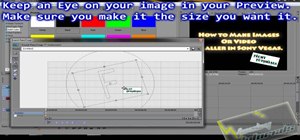
You can lower the Y value in the lows or flatten the lower left of the color curves for more precision. There are a few ways to darken the darker areas directly. Increasing contrast darkens the darker areas, but it also brightens the brighter areas, so it’s a delicate balance. Making the dark areas darker does help cut noise. You generally don’t find noise in pure black or close to pure black, because that’s easy to resolve. One way to deal with noise is to make the darker areas as dark as possible while still brightening the rest of the image. Excess noise ruins many effects, and if you add sharpening to the image, you’ll make the noise worse. The upshot for editors is that when they try to brighten darker footage, it ends up with excess noise, which looks bad and makes it difficult to work with the footage. There are denoisers and other ways to deal with noise built into cameras, but as an editor, you’re dealing with footage that’s already recorded, so if the noise is already in the footage, it’s there. You generally find the most noise in the darker areas in about the bottom 40% of the brightness waveform.


There isn’t much picture information for the sensor and for the internal compressors to resolve. Noise is random information buzzing around in your image, and while you’ll find some at every brightness level, it’s more likely to be found in the darker areas of images because the camera sensor didn’t have much light to work with. A common problem with dark footage is noise.


 0 kommentar(er)
0 kommentar(er)
